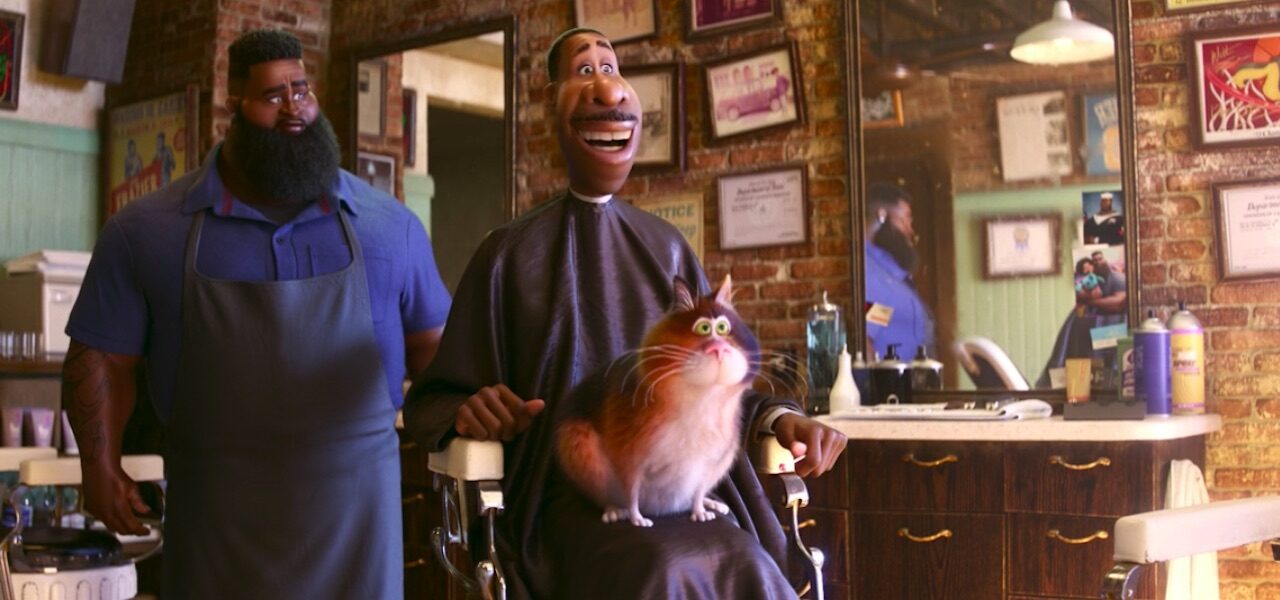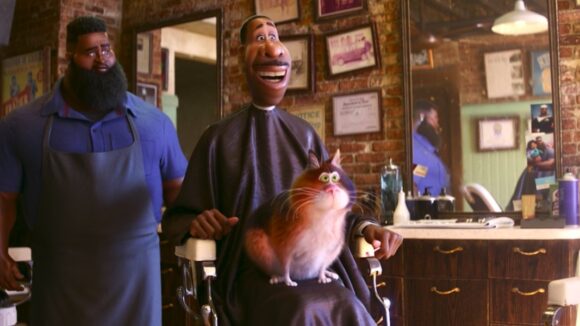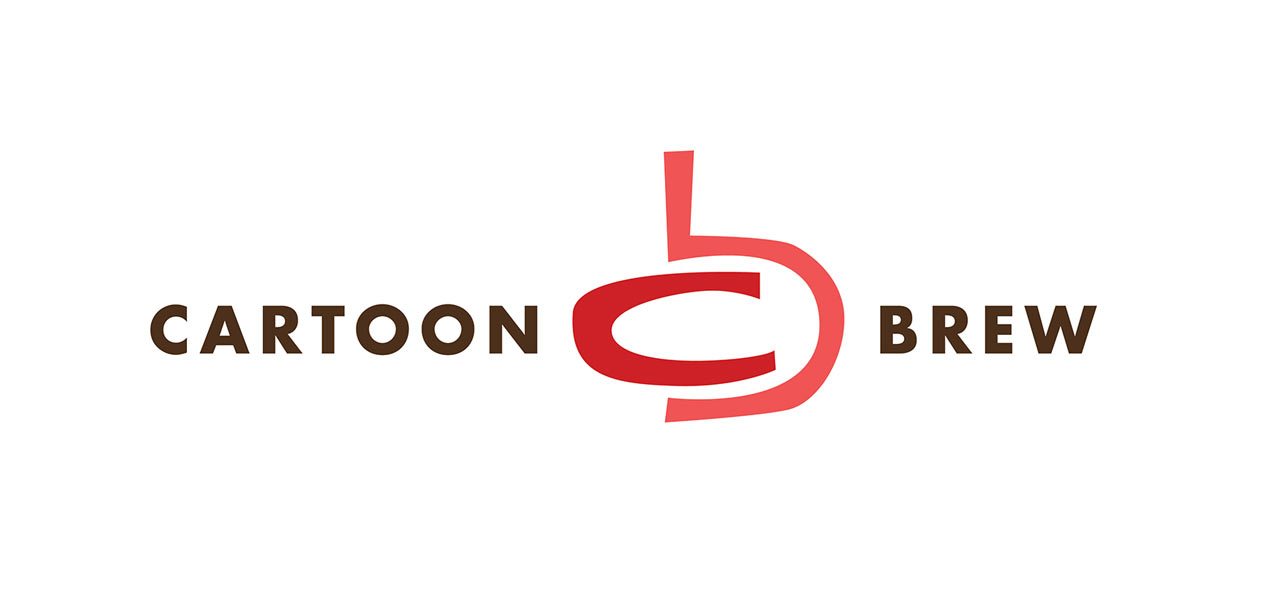

Where Do Animators Over The Age Of 40 Go? Oscar Hopefuls Share Thoughts On The Diversity Of Crews
You know awards season is underway when the Hollywood Reporter roundtables start pouring out of Youtube. The videos follow a simple format: for each major award category, half a dozen contenders in that year’s Oscar race are brought together to discuss their films and industry trends.
The speakers are: Glen Keane (director, Over the Moon), Tomm Moore (director, Wolfwalkers), Kori Rae (producer, Onward), Mark Swift (producer, The Croods: A New Age), Gitanjali Rao (director, Bombay Rose), and Pete Doctor (director, Soul).
In a video call (naturally), the guests talked about everything from the secret to creating a great animated character to the pains of producing animation in lockdown. The most engaging part of the discussion revolved around another prominent talking point in 2020: diversity. The speakers gave a variety of views on what this means in the context of animation. We’ve pulled out the most interesting comments below:
Kobe Bryant was concerned by animation’s lack of diversity.
“Kobe felt that there just wasn’t enough of a black influence in the world of animation,” recalled Glen Keane, who worked with the late NBA star on the animated short Dear Basketball. As the pair visited studios, Bryant would say, “‘Glen, I feel like a grain of pepper in a salt shaker.’”
Old animators are too rare.
“Sometimes I do wonder where does everyone go over the age of 40,” said Tomm Moore, who noted that the workforce at his studio Cartoon Saloon (which is based in Kilkenny, Ireland) is very young. “I wonder why that is — what’s in the culture that’s stopping people progress.” He added that he’d like to see more opportunities in the industry for disabled people.
Men are rarely sexualized in animation.
When designing the character of Salim, the love interest in her film’s central romance, Gitanjali Rao didn’t realize he had sex appeal until her producer pointed it out. Rao then decided to push this element. “You never see a man as a sexy being in an animated film, ever,” she said. “So I said, ‘OK, let me try this’ — and it worked.” Unlike the other comments here, Rao’s didn’t come in response to a question about diversity, but they offer a fresh perspective on the very current debate about gender representation.

Diversity takes time to grow.
Pete Docter paraphrased famed Disney animators Frank Thomas and Ollie Johnston: “It takes about 12 years to start to learn to be a good animator, and then, from there, you start to grow. It’s a slow learning process, so you can’t just grab somebody from square one and throw him in the deep end.” He praised his colleagues at Pixar for making concerted efforts to boost diversity at the studio, both onscreen and behind the scenes.
The pandemic could help boost diversity.
Keane hopes that “the freedom of working with people all over the world” will grow. He described a recent call with an artist in Ghana: “I just loved his drawings … There is no animation school [in Ghana], but it looked like he was trained by the guys who mentored me, because the access is everywhere [thanks to the internet].”
Note: the participation of these speakers doesn’t reflect any particular nomination for their features. The roundtables simply tend to feature representatives of high-profile films which are seen to have potential in the awards race to come.
Watch the full video below:
Image at top: “Soul”


